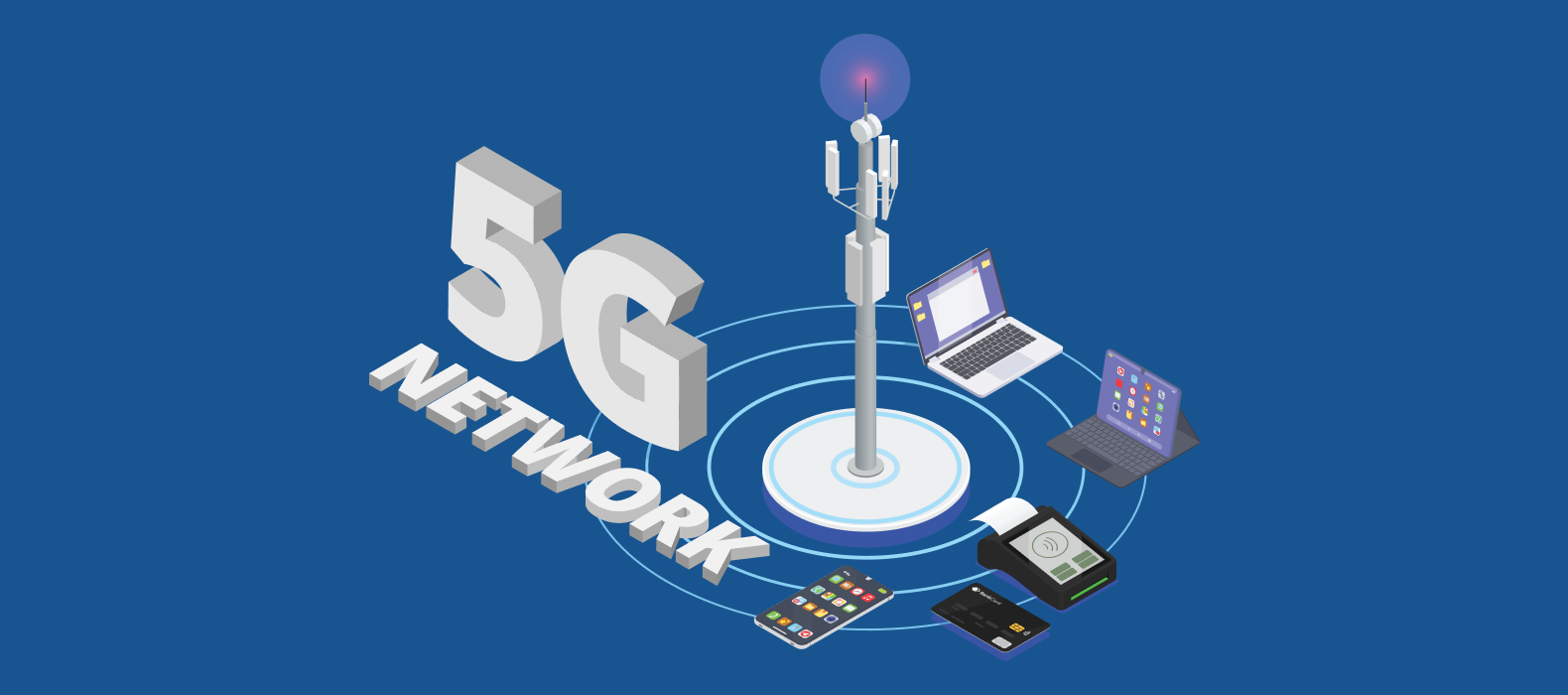News Blast Hub
Stay updated with the latest news and insights.
5G: The Internet Supercharge You Didn't Know You Needed
Discover how 5G can supercharge your internet experience and transform your digital life in ways you never imagined! Dive in now!
Understanding 5G: How It Works and Why It Matters
5G is the fifth generation of mobile network technology, designed to significantly enhance speed, responsiveness, and connectivity compared to its predecessor, 4G. At its core, 5G utilizes higher frequency bands and advanced technologies, such as MIMO (Multiple Input Multiple Output) and beamforming, to deliver lightning-fast data transfer rates that can exceed 10 Gbps. This leap in performance also enables lower latency, meaning that the time it takes for data to travel between devices is drastically reduced, which is crucial for applications requiring real-time interaction, such as autonomous vehicles, remote surgery, and immersive virtual reality experiences.
Understanding 5G is essential as it lays the groundwork for a smarter, more interconnected world. With the proliferation of Internet of Things (IoT) devices, reliable and high-speed connectivity becomes imperative. As more devices become smart and reliant on constant internet access, 5G will play a vital role in supporting the infrastructure needed to handle this increase in traffic without compromising performance. The implications of 5G extend far beyond just mobile phones, as it has the potential to transform industries, streamline operations, and foster innovation in technology, ultimately shaping the future of our digital landscape.

Top 5 Ways 5G Will Transform Your Everyday Life
The advent of 5G technology promises to revolutionize our everyday lives in numerous ways. One of the most significant changes will be the enhancement of mobile broadband connectivity. With speeds up to 100 times faster than 4G, users will experience seamless streaming of high-definition content and near-instantaneous downloads. This improved connectivity will also empower smart devices to communicate more efficiently, paving the way for advanced applications like augmented reality (AR) and virtual reality (VR).
Another crucial aspect of 5G is its impact on the Internet of Things (IoT). As more devices become interconnected, everyday tasks will become easier and more efficient. For instance, smart homes will thrive with devices that can be controlled remotely, optimizing energy use and enhancing security. Moreover, industries such as healthcare will benefit greatly, with remote patient monitoring and telemedicine becoming more prevalent, ultimately leading to improved patient outcomes and accessibility.
Is 5G Worth the Hype? Debunking Myths and Facts
The emergence of 5G technology has sparked widespread discussion and debate, leading many to wonder, is 5G worth the hype? From lightning-fast download speeds to the promise of enhanced connectivity, advocates believe 5G will revolutionize how we interact with technology and each other. However, several myths have surfaced that cloud the reality of this advanced technology. For instance, while some claim that 5G is an immediate threat to health due to the increased number of towers, scientific studies have not substantiated these fears, showing that the radio frequencies used by 5G are well within safe limits established by health authorities.
In addition to health concerns, another common myth is that 5G will be universally accessible right away. While major urban areas may see the swift rollout of 5G networks, rural and underserved locations may lag significantly in access. Therefore, while 5G holds the promise of ultra-reliable low-latency communication and the Internet of Things (IoT), it's essential to manage expectations regarding coverage and accessibility. In conclusion, while 5G has potential transformative benefits, it’s crucial to separate the facts from the hype to understand its implications for everyday users.